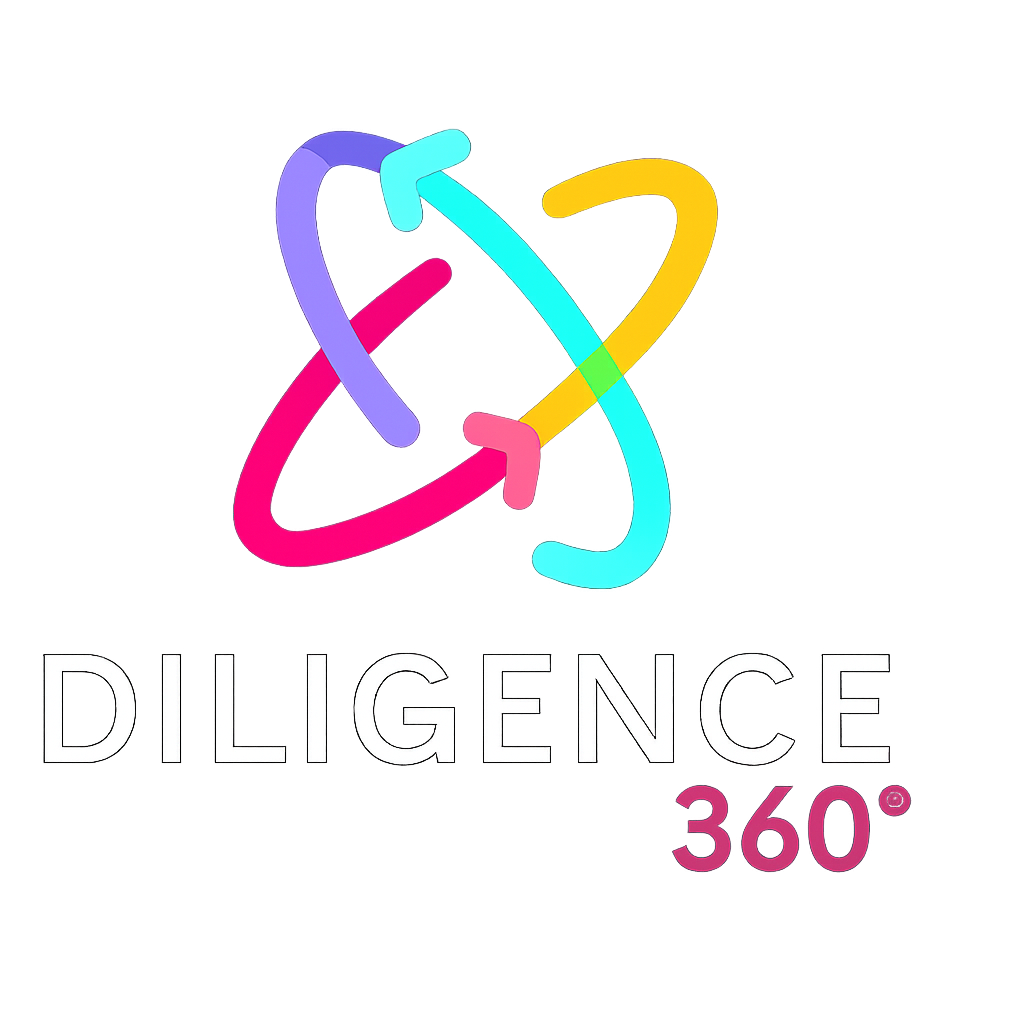ISO Standard Consulting
/
ISO 55001:2014 – Asset Management

ISO 55001:2014 – Asset Management
In today’s competitive and asset-driven world, managing assets efficiently is a key factor in achieving organizational success. ISO 55001:2014 is the globally recognized standard for asset management, designed to help organizations manage their assets effectively and ensure their long-term sustainability. Whether you’re a small business or a large enterprise, ISO 55001 provides a structured framework to integrate asset management into your core processes, driving both performance and value.
What is ISO 55001:2014?
ISO 55001:2014 is an internationally accepted standard that outlines the principles, guidelines, and requirements for establishing, implementing, operating, monitoring, reviewing, and improving an asset management system (AMS). It’s applicable to any organization, regardless of its size, industry, or type of assets. This standard focuses on managing assets throughout their lifecycle, ensuring value creation and optimizing the performance of all types of physical and non-physical assets.
Key features of ISO 55001:2014 include:
- Systematic Approach: A structured approach to managing assets aligned with organizational objectives.
- Lifecycle Management: Focuses on the entire lifecycle of assets—from acquisition through to decommissioning.
- Continuous Improvement: Encourages organizations to enhance their asset management practices and continuously improve processes.
By adopting ISO 55001, organizations can improve asset performance, reduce operational costs, and make informed decisions about their asset portfolios.
For more information about this service or to get a tailored quote for your organisation, please enquire below and one of our experts will be in touch shortly.
You may also interested in




Key Benefits of ISO 55001:2014
Implementing ISO 55001:2014 brings significant benefits that can enhance the way your organization manages its assets:
- Optimized Asset Performance ISO 55001 helps organizations maximize the value derived from assets by ensuring that they are utilized, maintained, and managed effectively across their lifecycle.
- Cost Reduction By improving asset management practices, organizations can reduce unnecessary costs related to maintenance, repairs, and replacements, driving operational efficiency.
- Risk Management The standard provides a systematic approach to identifying and managing asset-related risks, ensuring business continuity and reducing the impact of failures or disruptions.
- Regulatory Compliance Many industries are subject to strict regulations regarding asset management. ISO 55001 helps organizations align with industry standards and avoid non-compliance penalties.
- Sustainability ISO 55001 contributes to long-term sustainability by optimizing asset use and minimizing waste, which supports environmental and economic goals.

